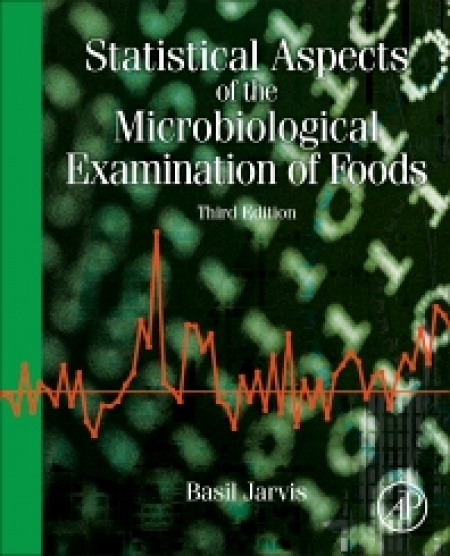Nostro prezzo € 58,46 € 64,95 -10%
Disponibilità: Ordinabile in 4-6 giorni lavorativi
Quantità
Descrizione
Acquisto di GRUPPO?? Se volete risparmiare
contattateci!
Autore: Jarvis
Editore: Academic Press (Elsevier Group)
Data di Pubblicazione: 2016
ISBN: 9780128039731
Pagine: 352
Key Features
-
Includes additional figures and tables together with many worked examples to illustrate the use of specific procedures in the analysis of data obtained in the microbiological examination of foods
-
Offers completely updated chapters and six new chapters
-
Brings the reader up to date and allows easy access to individual topics in one place
-
Corrects typographic and other errors present in the previous edition
Description
Statistical Aspects of the Microbiological Examination of Foods, Third Edition, updates some important statistical procedures following intensive collaborative work by many experts in microbiology and statistics, and corrects typographic and other errors present in the previous edition. Following a brief introduction to the subject, basic statistical concepts and procedures are described including both theoretical and actual frequency distributions that are associated with the occurrence of microorganisms in foods. This leads into a discussion of the methods for examination of foods and the sources of statistical and practical errors associated with the methods. Such errors are important in understanding the principles of measurement uncertainty as applied to microbiological data and the approaches to determination of uncertainty.
The ways in which the concept of statistical process control developed many years ago to improve commercial manufacturing processes can be applied to microbiological examination in the laboratory. This is important in ensuring that laboratory results reflect, as precisely as possible, the microbiological status of manufactured products through the concept and practice of laboratory accreditation and proficiency testing. The use of properly validated standard methods of testing and the verification of ‘in house’ methods against internationally validated methods is of increasing importance in ensuring that laboratory results are meaningful in relation to development of and compliance with established microbiological criteria for foods.
The final chapter of the book reviews the uses of such criteria in relation to the development of and compliance with food safety objectives. Throughout the book the theoretical concepts are illustrated in worked examples using real data obtained in the examination of foods and in research studies concerned with food safety.

